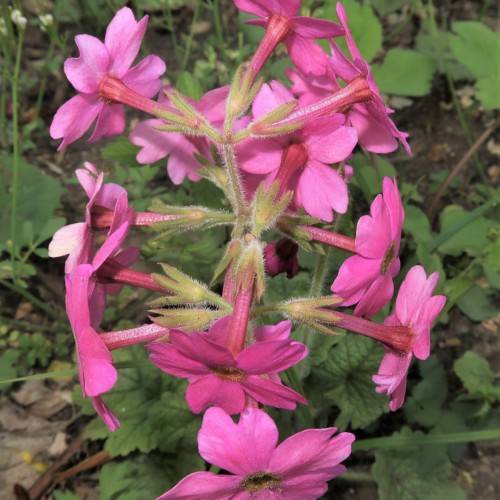
hardy primrose
Primula kisoana
Cycle:
Herbaceous Perennial
Watering:
Average
Hardiness Zone:
4 - 8
Flowers:
Flowers
Sun:
Part shade
Leaf:
Yes
Growth Rate:
Low
Maintenance:
Low
Salt Tolerant:
Yes
Care Level:
Medium
watering
Hardy Primrose should be watered deeply and evenly 2 to 3 times a week, depending on the amount of direct sunlight and temperature. This frequency should increase during the warmer months of the year and decrease during cooler months. The soil should be allowed to dry out in between waterings. If the soil remains damp for long periods of time, it could lead to root rot. In general, water the Hardy Primrose when the surface of the soil is dry to the touch. It is also important to ensure that the plant is receiving enough sunshine to thrive. This Primrose plant does best in bright, indirect sunlight, such as near a nearby window.
sunlight
Primula kisoana, or hardy primrose, is a species of perennial plant native to Asia. This species prefers bright, indirect sunlight for up to 8 hours per day. The best way to provide sunlight for hardy primrose is by placing it near a window with a north- or east-facing exposure and/or providing bright, but indirect, sunlight from a nearby fluorescent or LED light for up to 8 hours daily. Sunlight should be filtered through a sheer fabric or other covering to ensure that it is not too direct and damaging for the plant. When growing hardy primrose outdoors, it should be planted in a partially shaded area and given 4 to 6 hours of filtered sunlight each day.
pruning
Primula kisoana, commonly known as Hardy Primrose, should be pruned annually in late spring, or early summer after flowering has finished. Pruning should take place before new buds appear in order to maintain the shape and vigor of the plant. To prune, start by removing dead, damaged, and diseased stems, followed by removing any fleshy, spongy, or decayed stems. Trim back any shoots that extend beyond the desired size or shape of the plant. Additionally, any shoots that are growing towards the center of the plant should be cut back to promote air circulation and light. Finally, remove flower stems just after they have finished blooming to encourage new flower production in the next season.
